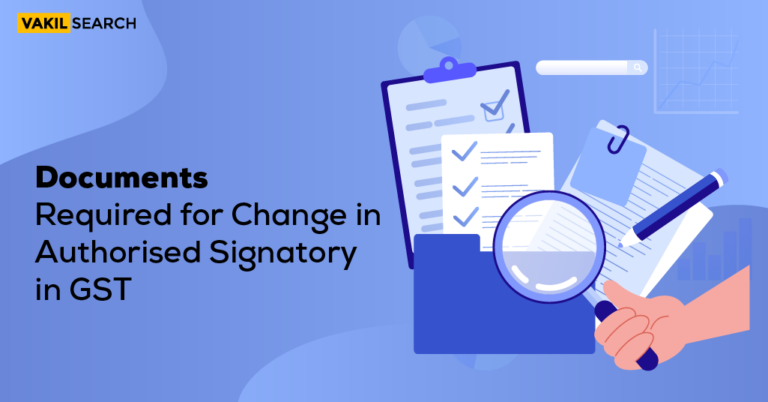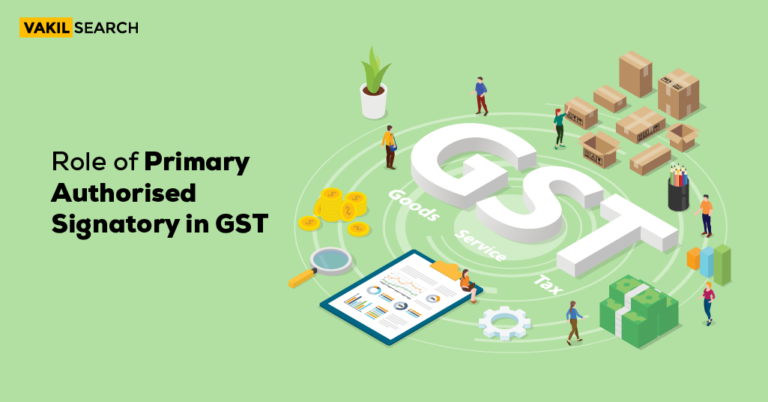In this article we shall take a look at the impact of of GST on e-commerce industry.
The Goods and Services Tax (GST) is an indirect tax introduced in India in 2017 to simplify the tax structure and eliminate the cascading effect of taxes. The introduction of GST has had a significant impact on the e-commerce industry in India. In this article, we will discuss the impact of GST on the e-commerce industry.
Previously indirect taxation was divided into several different taxations depending on the nature of the transaction. The sale of retail and wholesale goods attracted sales tax. The manufacture of goods attracted excise duty. Import of goods attracted costume duty. And the provision of services attracted service tax. This simplistic way of having different taxes for different kinds of transactions had caused a lot of confusion, especially for organisations that engaged in more than one activities and hence were subject to the provisions and regulations of several different taxes causing a considerable strain on the time and resources of the company in just managing the compliances.
It is with the view of simplifying this structure of taxation that the Goods and Services Tax was brought into effect which is an umbrella tax for the sale of all goods and services of any kind. Any commercial activity will attract only GST and all compliances also have been unified under the provisions of one singular tax, the GST.
However, the implementation of this regime is shot with troubles from various directions. First and foremost is getting the taxpayer and their accountants to get used to the new system, new compliances, and new interfaces when it comes to paying taxes and filing returns. There are new rates of taxes with different categorisations. Then there is the federal system where the central and the state governments have to work together to implement it nationwide, which is not always smooth in terms of cooperation. And finally, there are these hybrid and innovative models of businesses that are coming up which make it confusing for the authorities and taxpayers as to how the system would accommodate them. In this article, we are going to focus on the last of the concerns, specifically in the e-commerce industry.
E-commerce has become a highly lucrative form of business. But there are several red flags when it comes to e-commerce platforms fitting into the traditional format of business given the hybrid model of their operations. There is a lack of clarity whether the platform is a seller or a service provider. There are questions as to who is responsible for the collection of taxes. In this article, we will discuss the impact of GST on the e-commerce industry.
Impact of GST on e-Commerce Industry
- Increased Compliance Burden:
One of the significant impacts of GST on the e-commerce industry is the increased compliance burden. E-commerce companies are required to comply with various GST registration regulations, including registering for GST, filing gst returns, and collecting and remitting GST on behalf of sellers. The increased compliance burden has led to increased costs for e-commerce companies, particularly smaller players.
- Uniform Tax Structure:
The introduction of GST has led to a uniform tax structure across the country, which has benefitted e-commerce companies. Earlier, different states had different tax rates, which made it difficult for e-commerce companies to calculate and collect taxes. The uniform tax structure has made it easier for e-commerce companies to operate across the country and has reduced the complexity of tax calculations.
- Impact on Small and Medium-sized Enterprises (SMEs):
The introduction of GST has had a significant impact on small and medium-sized enterprises (SMEs) selling through e-commerce platforms. SMEs selling through e-commerce platforms are required to register for GST and comply with GST regulations. The compliance burden and increased costs have made it challenging for SMEs to operate in the e-commerce industry, leading to a decline in the number of SMEs selling through e-commerce platforms.
- Impact on Prices:
The impact of GST on prices in the e-commerce industry has been mixed. While the introduction of GST has led to a reduction in the prices of some goods, the prices of other goods have increased due to the increased compliance burden and costs for e-commerce companies. The impact on prices varies depending on the product and the e-commerce company.
- Impact on Logistics:
The introduction of GST has had a significant impact on logistics in the e-commerce industry. Earlier, e-commerce companies had to maintain warehouses in different states to avoid inter-state taxes. With the introduction of GST, e-commerce companies can maintain centralized warehouses, leading to reduced logistics costs and improved efficiency.
Taxation In The E-Commerce Industry
The previous models of indirect taxation created a lot of confusion as far as e-commerce businesses were concerned. As a result, tax evasion as well as tax avoidance was rampant in this industry. But the arrival of GST has sorted out this mess completely by providing clarity with regards to the taxation values.
E-Commerce has been a confusion under most of the indirect taxes previously. However, thanks to GST – it puts an end to most of the confusions and provides better clarity.
Types Of Business Models In The E-Commerce Industry
GST on the e-Commerce Industry – There are two main kinds of models in the e-commerce industry.
- The Inventory Model
- The Aggregator Model
Let us take a look at both of these models in depth.
Inventory Model
In this model E-Commerce Operator (ECO) purchases / manufactures the goods and sells them on the E-Commerce platform. He provides his services on the E-Commerce platform.
For instance, Dominos sells its products on its website, and Vakilsearch sells its services on its website.
Goods and Services Tax (GST) is the value-added tax levied on all goods and services that we use within the country. We offer a GST rate finder service that lists out the GST rates of all goods and services that are available in India. This service is also known as the HSN finder.
Invoicing will be done as follows in these cases: (The rate of GST depends on the type of product or service which is being provided)
In this model, the supplier will sell the goods or services first to the E-Commerce operator and the E-Commerce operator will further sell the goods/services to the Customer.
-
- Invoice No.1: Supplier to E-Commerce Operator:
Invoice will be raised by the supplier to the E-Commerce operator with their GSTN numbers.
The seller in the invoice will be the Supplier and the customer in the invoice will be the E-Commerce operator.
-
- Invoice No.2: E-Commerce operator to Customer:
Invoice will be raised by the E-Commerce operator to the Customer for sales.
The seller in the invoice will be the E-Commerce operator and the customer in the invoice will be the Ultimate consumer purchasing the goods or services.
Aggregator Model:
GST on e-Commerce Aggregator model. This is the model adopted by most top e-commerce entities like Flipkart, Swiggy, Amazon, Urban clap, and most of the others. In this E-Commerce operator will just provide a platform where suppliers can register themselves and advertise their products to the customers. In this case, ECOs will charge a fee/commission from the supplier for its services. GST registration is mandatory for an ECO in this case.
Even suppliers supplying goods through the ECO in this model are mandatorily required to register even if their turnover is less than 20 lacs. But suppliers providing services through the ECO platform need not register if turnover is less than 20 lacs.
-
- Invoice No.1 – From Supplier to Customer:
The invoice will be raised by the supplier to the customers directly. (This happens on Amazon and Flipkart)
The seller on the invoice will be the supplier along with his GSTN number and the buyer on the invoice will be the Customer.
(However, ECO can display its brand name alone on the invoice – which is being done by Amazon and Flipkart today)
-
- Invoice No.2 – From ECO to Suppliers:
ECO will raise an invoice to its suppliers for collecting the fees and commission.
The seller in the invoice will be the e-Commerce operator and the customer in the invoice will be the Supplier supplying the goods or services.
Conclusion
In conclusion, the introduction of GST has had a significant impact on the e-commerce industry in India. While the uniform tax structure and the reduction in logistics costs have benefitted e-commerce companies, the increased compliance burden and costs have made it challenging for smaller players to operate in the industry. The impact on prices has been mixed, with some goods becoming cheaper and others becoming more expensive. The e-commerce industry will continue to evolve in the coming years, and it will be interesting to see how GST regulations will impact the industry going forward.










